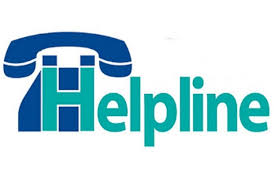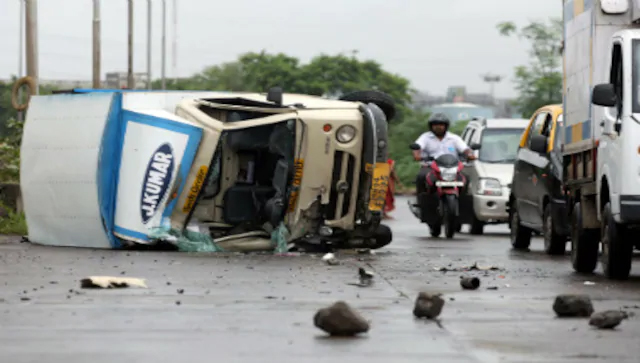World Trauma Day is observed to stress the growing need to build a strong emergency medicine system within the country and to provide education to citizens so that they can come forward and assist healthcare practitioners to save the lives of accident victims.

Indian scenario
It is particularly important as the National Crime Records Bureau recently reported that around 1,40,000 people lost their lives to suicide and 421,104 were killed in road accidents in India last year. The gap between the present level of available, efficient, and expert trauma care and the desired level of care remains large.
Why trauma care is important?
In the medical world, trauma is considered a physical injury. Traumatic events such as domestic violence, natural disasters, and severe car accidents cause these injuries. Traumatic injuries usually happen suddenly and so they require immediate medical care. It’s not uncommon for those who suffer a traumatic injury to go into shock. Some may even require resuscitation or interventions to save the limbs. Many people develop a disability after suffering a traumatic injury. For others, their traumatic injury is fatal.
Significance of the Golden Hour & the Good Samaritan law
India has the second-highest number of lives lost to road accidents, after China. More than 50 percent of accident victims die because they don’t receive medical attention during the Golden Hour time frame. The Golden Hour is the period following a traumatic injury during which there is the highest likelihood that prompt medical and surgical treatment will prevent death (usually this period is less than 1 hour for most injuries). It is a well-known part of the lexicon of trauma surgeons and emergency medical service (EMS) providers who take care of injured patients daily. The underlying tenet is that an injured patient has 60 minutes from the time of injury to receive definitive care, after which morbidity and mortality increase significantly.
But in reality, bystanders don’t often come forward to help accident victims, fearing legal intervention. To encourage and protect Good Samaritans, many countries provide a legal framework and a law that protects the rights of bystanders who assist accident victims. The law comprises some specific duties which are to be followed by the police, hospitals, and the judiciary, to insulate Good Samaritans from legal and procedural hassles. In India, the Good Samaritan Law was passed as a Bill on March 30, 2016. Important points stated under this bill are as follows:
- Police should not involve the Good Samaritans in investigation
- Hospitals should not refuse to treat the accident victims and should not charge for First Aid
- Good Samaritans should be protected from civil and criminal liability
- Good Samaritans need not reveal their identity
- Good Samaritans can choose to be an eyewitness and should not be compelled otherwise
How you can learn trauma care
The World Health Organization recommends educating layperson first responders as an essential step in the development of Emergency Medical Services systems. It says that laypeople or bystanders can be an essential link in the ‘chain-of-survival’ from critical health emergencies. While there are online courses that can help people learn some techniques to provide trauma care. The simplest and most common technique is CPR.
Other life-saving skills to attain include
- The Heimlich Maneuver
- Hypothermia prevention
- Using an Automated External Defibrillator (AED)
- Blood loss control
- Escaping from a sinking car
- Exiting a burning building
- Reacting to snakebites
- Helping with allergic reactions
By having these emergency lifesaving skills, you might one day save the life of a loved one, or a stranger.
As a healthcare provider, I would urge people to learn more about the Good Samaritan law, CPR techniques, and other ways to assist emergency care providers to save as many lives as possible.

These are the emergency helpline numbers you can call: 112 for pan India emergency assistance, 100 for the police, 108 for an ambulance.












